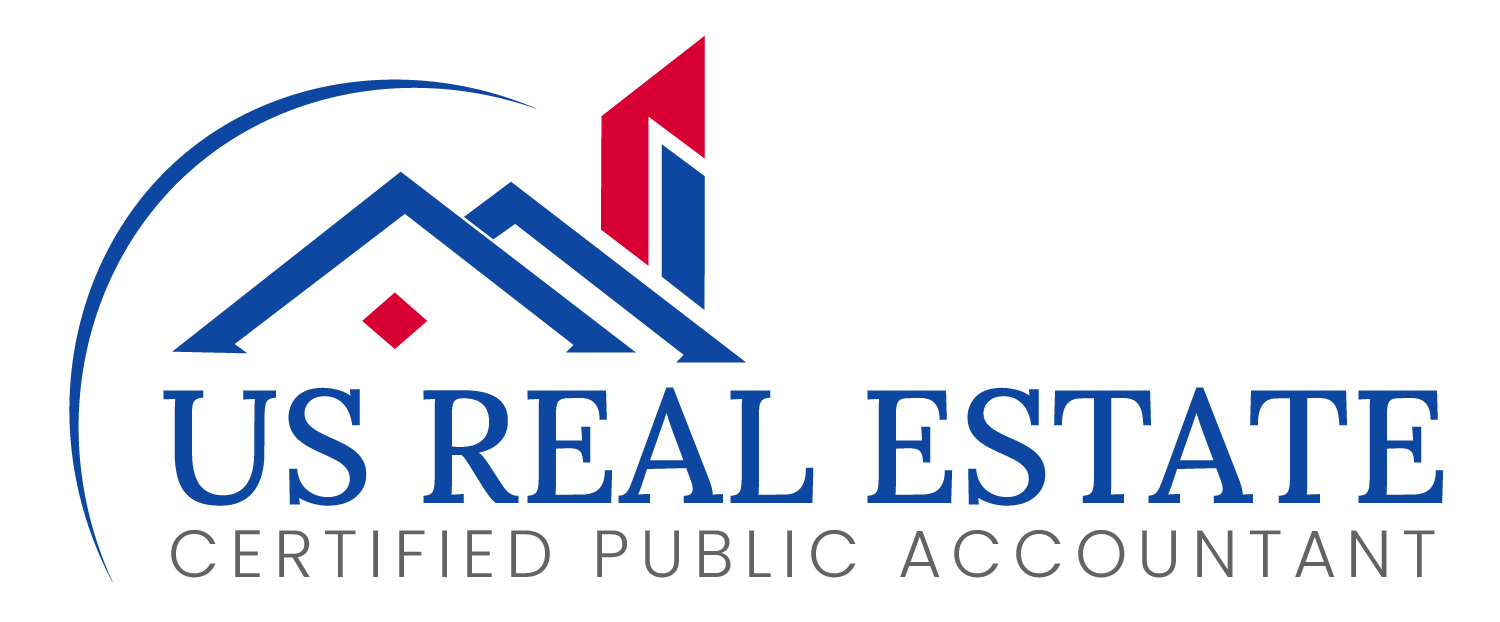
How Can a Cost Segregation Study Benefit Landlords and Tenants in a Rental Property?
When you think of rental properties, you likely see them as a way to make steady monthly income. But there’s a strategy that can make these properties even more valuable. It’s called a “cost segregation study”, and it’s gaining popularity among property owners who want to save on taxes and boost their cash flow.
If you’re a landlord or a tenant, here’s what you need to know about how a cost segregation study can benefit you.
What Does a Cost Segregation Study Do?
A cost segregation study is a way for property owners to break down the cost of their building into smaller parts. These can be things like appliances, flooring, or even landscaping, which wear out quicker than the structure itself.
Normally, a building is depreciated (or written off for tax purposes) over 27.5 years for residential properties. However, many components of the building can be depreciated over a shorter period, for example 5, 7, or 15 years.
A cost segregation study helps identify those components so that owners can claim bigger tax deductions in the early years. This means more money stays with the property owner, which can be used to improve the property, pay down debt, or reinvest in other opportunities.
How Does It Benefit Landlords?
1. More Tax Deductions
By breaking the property down into smaller components, landlords can depreciate certain parts faster and cut down their taxable income. This means lower tax bill and more cash flow. For example, if a property owner spends $1 million on a rental property, a cost segregation study might show that $200,000 can be written off more quickly, giving hefty tax savings.
2. Reinvesting Savings
The tax savings from a cost segregation study can be reinvested in the property, whether that means upgrading appliances, fixing maintenance issues, or even expanding the property. This boosts the property’s value and can make it more attractive to tenants.
3. Tax Deferral
Cost segregation doesn’t eliminate taxes entirely, but it defers them. This means owners won’t pay as much in taxes right away, and they can plan for future sales or exchanges of the property, possibly lowering the tax hit when they sell.

How Do Tenants Benefit?
Though tenants don’t directly benefit from a cost segregation study, there are still indirect advantages:
1. Better Property Maintenance
With the tax savings, landlords are in a better position to renovate the property. This means tenants can enjoy better living conditions such as upgraded kitchens, new flooring, or more modern appliances.
2. Stable Rents
With more cash flow available, landlords are less likely to hike rents too quickly, making it easier for tenants to budget and stay longer in their rental homes.
3. Refined Amenities
Landlords can use the savings to enhance amenities like adding a gym, a pool, or better outdoor spaces. This makes the property more attractive to tenants and enhances their living experience.
When Is a Cost Segregation Study Worth It?
Cost segregation studies aren’t right for every landlord. They make the most sense for:
- Larger Properties – Cost segregation works best for properties worth $500,000 or more. Smaller properties may not have enough components to make a study worthwhile.
- Recent Purchases or Renovations – Newer properties or those that have been recently renovated are prime candidates because there are more components to break down and depreciate.
- High Taxable Income – If a landlord’s income is high and they’re paying a lot in taxes, the study can provide significant savings.
What Are the Risks?
Like any tax strategy, there are some risks to consider:
- IRS Scrutiny – Aggressive depreciation can draw attention from the IRS, so it’s important to hire professionals to do the study properly.
- Recapture Taxes – When the property is sold, the IRS may require the owner to pay back some of the tax savings, which is called “depreciation recapture.”
- Upfront Costs – A cost segregation study can be expensive, but for larger properties, the savings often outweigh the costs.
How to Get Started with a Cost Segregation Study
If you’re a landlord and you think a cost segregation study could be beneficial, here’s how to proceed:
1. Consult with a Tax Advisor – Speak to a tax professional to see if your property is a good candidate for a cost segregation study.
2. Hire a Qualified Firm – Choose an experienced firm to conduct the study. They’ll provide an engineering-based analysis of the property.
3. File the Deductions: After the study is complete, the results can be used to adjust your tax filings, helping you claim accelerated depreciation.
Conclusion
A cost segregation study is about unlocking hidden value in a property. For landlords, this can mean more cash flow, the ability to renovate the property and more flexibility with future investments. For tenants, it can mean better living conditions, more amenities and stable rents.
The study is a smart strategy that can benefit both sides of the rental property equation. If you’re a property owner, consider this to maximize your investment and make your property work harder for you.



